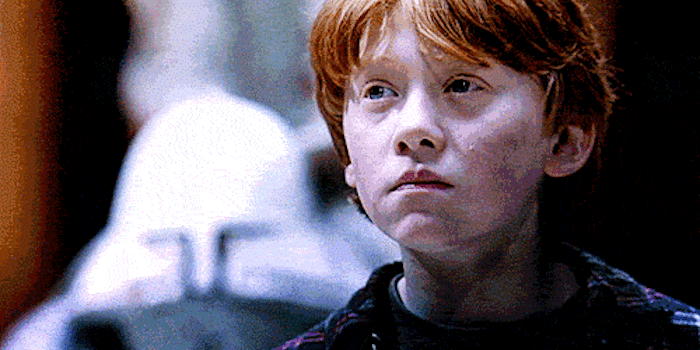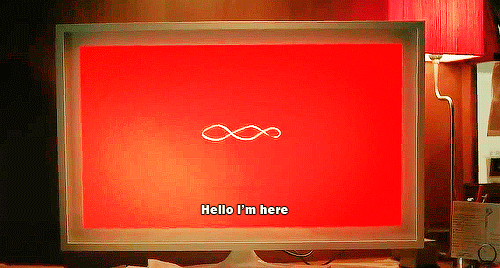Interview (Written): Chris Terrio
In-depth conversation with the co-screenwriter of the movie Star Wars: Episode IX: The Rise of Skywalker.
Chris Terrio’s screenwriting credits include the movies Argo, Batman v Superman: Dawn of Justice, and Justice League. He shares screenplay by credit with J.J. Abrams for Star Wars: Episode IX: The Rise of Skywalker, story by Derek Connolly & Colin Trevorrow and Chris Terrio & J.J. Abrams, based on characters by George Lucas.
In a Rolling Stone interview, Terrio provides some interesting insights into the writing process for this final installment in the original Star Wars storyline.
Rolling Stone: How much of a story for this film did J.J. have before he sat down with you?
Chris Terrio: There were certain ideas that he had and Larry Kasdan had [when they were working on The Force Awakens], general directions they wanted to bring the characters. I won’t get into plot ideas, but J.J. always has a clear idea of what he wants you to feel. And then our job is to create a story in which those emotions could be evoked. So we started from a blank page, really. We had a document that we called “the boards,” because originally we would write on a dry-erase board, and then it became a Word document. We would just write story ideas on these boards, and eventually the document grew to be, I think it’s 121 pages single-spaced. We just thought of scenarios that would be interesting, worlds that would be interesting, places that the characters could go or different combinations of character, almost like choreographing a dance.
Like, where can these characters come together? If they do come together, what would their interactions be? What new developments can we create politically in the landscape of the galaxy, or historically, or spiritually, when we think about the Force and the Jedi and what is known or not known. So we started in the most pure place. We acted like two kids who came in every day and were like, OK, here’s the thing that I wish I could see in the last Star Wars. Or, here’s a world that could be really interesting. Or, here’s something Rey might be grappling with. And then it was a Darwinian process of what actually makes it to the next meeting. Maybe we’d lose interest in one thing or think we could reiterate something in a better way. And by the end it was sort of turtles on the beach — there were thousands of ideas that were turtles heading to the sea, and then only a few of them made it to the sea, and those are the ones that proved most hardy and most enduring for the film.
When I first talked to J.J. about The Force Awakens, he said that it really helped at that point to have Larry Kasdan there, in part because it kept him from feeling like he was writing fan fiction. As someone who had been a Star Wars fan, how did you get your mind wrapped around the idea that you were writing this story for real?
I’m still getting my mind wrapped around that idea. We had to approach it like we were just chronicling the history of the galaxy, writing about things that really happened. When we would make a story decision, we were fully aware that this now will become canon, and so are we sure that this is the right story decision? Are we sure about it character-wise? Are we sure about it thematically? Does it seem like it gels with George’s original intentions from Episode IV? Does it gel with what we learned in the prequels and what we learned in the sequel trilogy? Every decision was made that way. But of course, at a certain point you just have to trust your gut, and think: Well, this just feels right. This feels like something the character would do. This feels like Star Wars.
And then you hope that there’s enough Star Wars in your DNA that you’re getting it right. Because the story has seeped into all of our lives so deeply that you always have a gauge of what feels like it’s the right thing and what doesn’t. And sometimes you get it wrong, and you recalibrate. Or sometimes, J.J. and I would disagree, and argue about it, and eventually come to a better solution together about where the characters could go or where they shouldn’t go. So it’s highly unscientific. It’s an organized chaos. And we had the voices of people like Larry Kasdan and George in our heads. Larry Kasdan is a hero of mine. Nobody writes better dialogue or characters than Larry Kasdan. I go back to his scripts — and even unused parts of his scripts — for inspiration and say, why did they make this change at this point in The Empire Strikes Back writing process? And sometimes from looking at the engine and how it works, you get some insight. Why was this scene cut from Empire? Oh, because it wasn’t moving the story forward. Why did they decide to go this way instead of that way in Return of the Jedi? Oh, because it kept the focus on Luke and his father. So, from just looking at the way the machine worked, you start to develop more confidence about narrative choices.
Lots of takeaways from the interview:
- J.J. always has a clear idea of what he wants you to feel. And then our job is to create a story in which those emotions could be evoked. I heard this about how Abrams approached breaking the story for The Force Awakens. He gathered the creative team together and began the entire process by posing this question: What do we want the audience to feel when they watch this movie? It’s both instructive for us as screenwriters, how important it is to connect with the audience on an emotional level, and ironic because that is one key to accessing the Force. As Obi-Wan instructed Luke in A New Hope, “Let go your conscious self and act on instinct… Stretch out with your feelings.” As Terrio said in the interview: “But of course, at a certain point you just have to trust your gut, and think: Well, this just feels right. This feels like something the character would do. This feels like Star Wars.”
- We had a document that we called “the boards,” because originally we would write on a dry-erase board, and then it became a Word document. We would just write story ideas on these boards, and eventually the document grew to be, I think it’s 121 pages single-spaced. This is very much the same approach I teach writer clients in my Prep: From Concept to Outline workshop and my university students in Story Prep: They create a Master Brainstorming List and that’s where all of their prep work goes. In my own writing experience, that document is often longer than the eventual screenplay. Brainstorming is absolutely critical to the process, spending time with the characters, immersing yourself in their lives, and allowing yourself the freedom to envisioning what they do, where they go, the life of their inner world informing the events of the outer world.
- Where can these characters come together? If they do come together, what would their interactions be? Are we sure this is the right story decision? Are we sure about it character-wise? Are we sure about it thematically? Does it seem like it gels with George’s original intentions from Episode IV? Ask questions. This is single best way I know to crack a story, most particularly by getting curious about the characters. Ask questions about them, ask questions to them. Engage the characters. After all, it’s their story.
Here is the final trailer for the movie:
Note right up front, Finn’s voiceover about The Force: It’s an instinct… a feeling. This echoes Terrio’s point excerpted above.
For the rest of the Rolling Stone interview, go here.
For 100s more interviews with screenwriters and filmmakers, go here.









